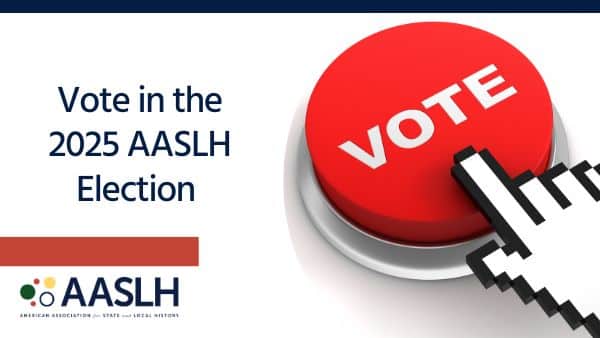Setting clear priorities is one of the most important things that you can do for any organization, department, or even individual. That is why most (hopefully all) of us have mission statements at our organizations. They help us guide our actions. Does this further our mission? How does this help us become the organization we want to be? We can ask these questions anytime we are planning an event, choosing new acquisitions, or creating educational programming to keep everyone on the same page and provide consistency. Mission statements are great, but they are shaped by our priorities just as much as our priorities are determined by our mission statements.
So…how do you know what your priorities are? I once heard a speaker say that to understand where your personal priorities are all you have to do is look at your calendar and bank account. Where do you spend your time and money? Those are your priorities. To boil that down even further: actions, more than words, will tell you about your priorities. I recently found a great example of this at my site when we needed to fill a vacant interpreter position. We do not have a mission statement that really applies to how or who we are going to hire for any particular department, so this was kind of a gray area where we couldn’t fall back on a pre-stated priority.
Once we posted the position, we received over 200 applications. We were very lucky to have a large pool of candidates to find the perfect fit, and with a lot of time and work we were slowly able to whittle that pool down. After several interviews we came down to two great candidates to choose from. Either one of them would have been great in the position, and any historic site would be lucky to have them. How do you choose? This is where I noticed something interesting. The main difference between the two candidates was the focus of their background. One of them had an in-depth background in history. The other candidate had years of experience as an interpreter. Half of our hiring panel supported one candidate and half supported the other. This is where our priorities were going to come to the surface. We were in a no-lose situation were we were going to get a great employee, so all we had to do is decide what was more important to us.
Eventually we did hire one of the two applicants, and they have indeed been a great addition to our team. While our mission as the education department of the museum has always been to provide high-quality interpretive experiences for everyone, going through this hiring process gave us a glimpse into our priorities for how to do that.
If you are coming up on time to reevaluate your mission statement or your educational offerings, I suggest you take a look at the simple actions that you do on a day to day basis to find out what exactly your priorities are. If they match your mission statement, perfect. If they don’t you may have to decide which thing you need to change.



